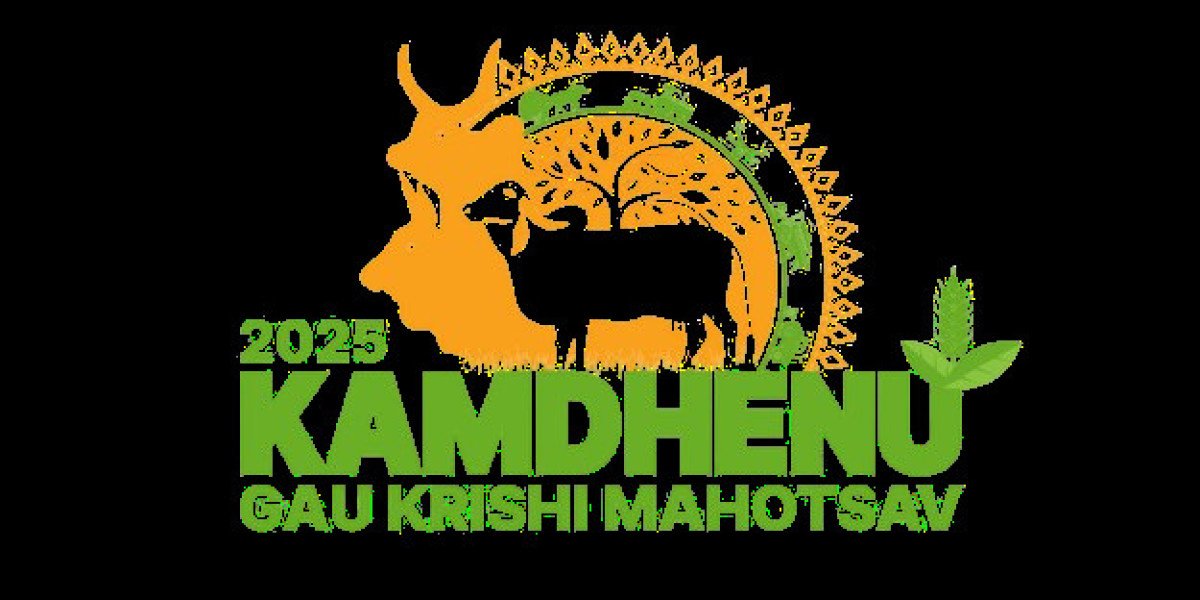In India, cows are not just animals; they are revered as sacred beings, symbolizing purity, motherhood, and abundance. The Cow Festival, celebrated with great enthusiasm across the country, is a testament to the deep-rooted cultural and spiritual connection between Indians and cows. This festival, known by various names such as Gopashtami or Gau Puja, is a vibrant celebration of the cow's contribution to agriculture, economy, and spirituality. Let’s delve into the significance, rituals, and festivities associated with this unique festival.
The Significance of Cows in Indian Culture
Cows hold a special place in Indian culture and religion. In Hinduism, the cow is considered a symbol of wealth, nourishment, and non-violence. She is often referred to as Gau Mata (Mother Cow) and is associated with several deities, particularly Lord Krishna, who is depicted as a cowherd (Gopala). Cows are also revered in Jainism and Buddhism for their gentle nature and contribution to sustaining life.
Beyond their spiritual significance, cows have been integral to India's agrarian economy. They provide milk, which is a staple in Indian households, and their dung is used as fuel and fertilizer in rural areas. The Cow Festival is a way to honor these contributions and express gratitude towards these gentle creatures.
When is the Cow Festival Celebrated?
The Cow Festival is typically celebrated on Gopashtami, which falls on the eighth day (Ashtami) of the bright fortnight (Shukla Paksha) in the Hindu month of Kartik (October-November). This day marks the occasion when Lord Krishna, as a young boy, was given the responsibility of tending to cows. In some regions, the festival is also celebrated during Makar Sankranti or Pongal, where cows are adorned and worshipped as part of the harvest festivities.
Rituals and Traditions
The Cow Festival is marked by a series of rituals and customs that vary across regions but share a common theme of reverence and gratitude towards cows. Here are some of the key traditions:
Cow Worship (Gau Puja):
On this day, cows are bathed, decorated with colorful garments, flowers, and vermilion, and worshipped with offerings of fruits, sweets, and grains. Devotees perform aarti (a ritual of light) and offer prayers to seek blessings for prosperity and well-being.Feeding Cows:
Feeding cows is considered an act of great merit during the festival. People offer fresh grass, jaggery, and special feed to cows as a gesture of gratitude. It is believed that feeding a cow on this day brings good fortune and removes past sins.Processions and Fairs:
In many villages and towns, processions are organized where beautifully decorated cows are paraded through the streets. These processions are accompanied by music, dance, and cultural performances, creating a festive atmosphere. Cattle fairs are also held, where farmers showcase their best breeds and trade livestock.Charity and Donations:
The Cow Festival is also a time for acts of charity. People donate cows, money, or fodder to cow shelters (gaushalas) as a way of giving back to these gentle creatures. Many organizations use this occasion to raise awareness about cow protection and welfare.
Regional Variations
The Cow Festival is celebrated with unique regional flavors across India:
In Gujarat and Rajasthan:
The festival coincides with Gopashtami and is marked by grand processions and fairs. Cows are adorned with colorful attire, and cultural programs are organized to celebrate their significance.In Tamil Nadu:
During Pongal, cows are decorated and worshipped as part of the harvest festival. A special dish called Pongal is prepared and offered to cows as a token of gratitude.In Maharashtra:
The festival is known as Bail Pola, where bulls are also worshipped alongside cows. Farmers express their gratitude to these animals for their role in agriculture.
The Message of the Cow Festival
The Cow Festival is not just a religious observance; it is a celebration of the symbiotic relationship between humans and cows. It highlights the importance of compassion, sustainability, and respect for all living beings. In a world where industrialization and modernization are rapidly changing lifestyles, the festival serves as a reminder of the timeless values of harmony with nature and gratitude towards animals.
Challenges and the Way Forward
Despite the cultural and spiritual significance of cows, they face numerous challenges, including neglect, abandonment, and illegal trafficking. The Cow Festival provides an opportunity to raise awareness about these issues and promote initiatives for cow protection and welfare. Supporting gaushalas (cow shelters) and adopting sustainable practices in dairy farming are some ways to ensure the well-being of these sacred animals.
Conclusion
The Cow Festival is a beautiful blend of spirituality, culture, and tradition that celebrates the invaluable contribution of cows to Indian society. It is a time to reflect on the principles of compassion, gratitude, and sustainability that cows symbolize. By honoring these gentle creatures, we not only preserve our cultural heritage but also reaffirm our commitment to living in harmony with nature.
As we celebrate the Cow Festival, let us remember the words of Mahatma Gandhi: "The cow is a poem of compassion." May this festival inspire us to treat all living beings with kindness and respect, ensuring a brighter and more sustainable future for generations to come.









Kgk Mindia 7 w
The Cow Festival, celebrated with great enthusiasm across the country, is a testament to the deep-rooted cultural and spiritual connection between Indians and cows.
Visit us - https://kgkmindia.com/top-upcoming-agricultural-events-to-watch-in-2025/